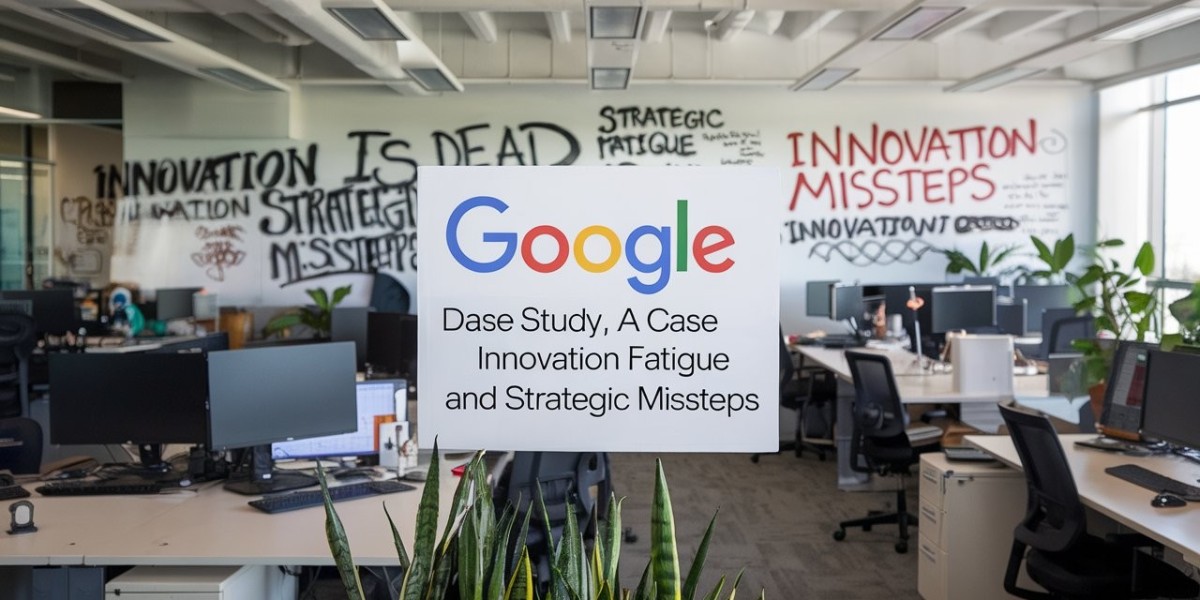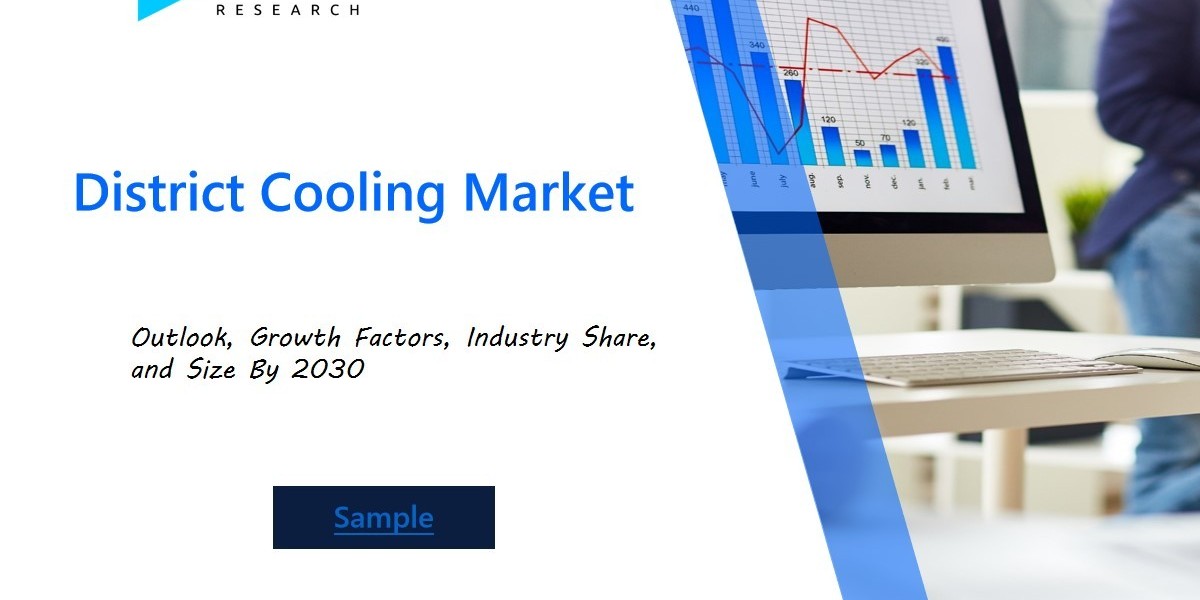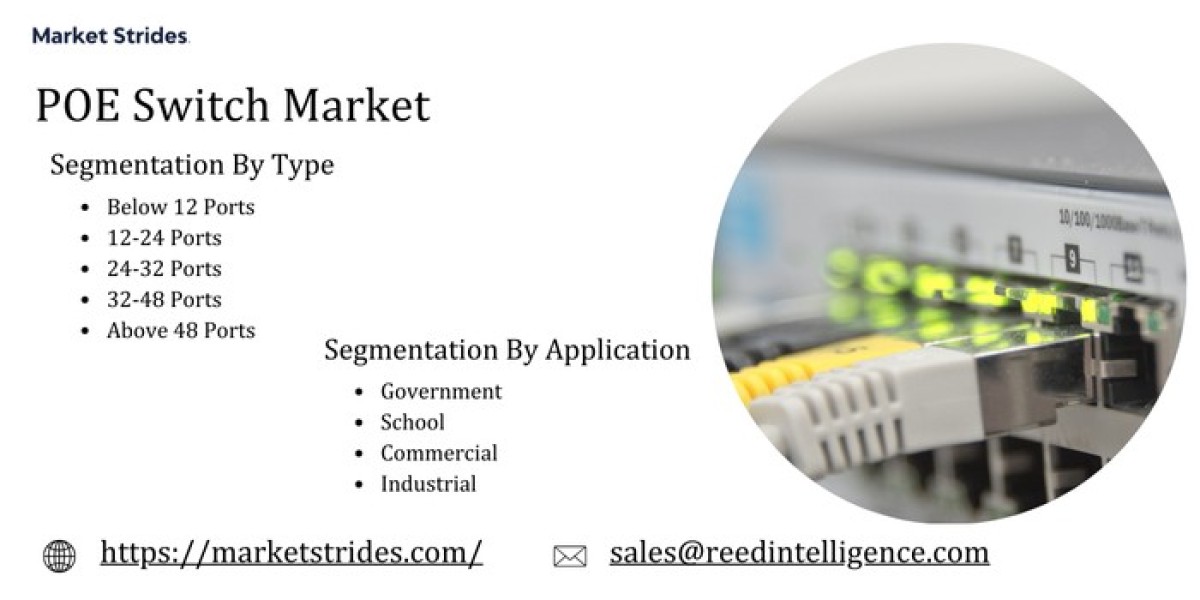Environmental compliance is evolving from a legal necessity into a competitive advantage. Among the various sustainability frameworks gaining momentum in India, Extended Producer Responsibility or EPR sits at a critical juncture between environmental policy and business growth. But EPR registration and EPR certification are no longer just regulatory hurdles to cross. For companies willing to look beyond the surface, EPR represents a roadmap to long-term value creation, circular innovation, and future-proof operations.
Businesses today are not only being asked to reduce their environmental impact but to demonstrate that responsibility through systems that are auditable, trackable, and deeply embedded in their supply chains. That is the real role of EPR. It is not a sticker of compliance but a mechanism to rethink the entire lifecycle of products—from sourcing and production to recovery and reintegration.
EPR as an Infrastructure for Circular Thinking
At the heart of EPR lies one transformative idea: responsibility does not end at the point of sale. Under India’s rules, producers, importers, and brand owners must now ensure that a significant percentage of the waste generated from their products is collected and treated in an environmentally sound manner. This includes e-waste, plastic waste, battery waste, and more recently, tyres and used oil.
But here is what makes EPR registration more than just an application it acts as a mirror to your business’s supply chain integrity. It forces companies to confront the realities of how their products are consumed, discarded, and reintegrated into the economy. This introspection creates room for data-backed decision-making, efficient reverse logistics, material recovery, and even product redesigns aimed at waste reduction.
Companies that embrace EPR as an operating model often find themselves uncovering cost-saving opportunities and building stronger relationships with their consumers, who increasingly prioritize ethical sourcing and environmental transparency.
The Silent Risk of Delayed Compliance
The challenge with EPR today is not just the paperwork it is the cost of procrastination. Many companies view EPR certification as a last-minute compliance exercise, something to be rushed through when inspections are due or penalties loom. But waiting comes with invisible risks: disqualification from tenders, inability to scale into regulated markets, reputation damage, and rising compliance costs due to rushed execution.
Furthermore, the regulatory ecosystem around EPR is tightening. State pollution control boards and the CPCB have become more vigilant. The rise of digital compliance platforms and centralized monitoring means non-compliance can be tracked and flagged faster than ever. Companies that build EPR systems into their operational DNA from the start avoid disruptions and gain regulatory goodwill.
Integrating EPR into Core Business Functions
The best EPR strategies are not confined to compliance departments. They are cross-functional, connecting procurement, logistics, legal, finance, and product design teams. For instance, logistics managers play a critical role in setting up collection channels for post-consumer waste. Procurement teams can push suppliers to adopt recyclable materials. Legal and finance teams are responsible for verifying partnerships with authorized recyclers and managing cost allocations for recovery targets.
When EPR registration is led from the top, it becomes a company-wide effort that aligns with broader sustainability goals. It is no longer just about filing documents it is about building traceable systems that link your operations to national and global sustainability targets.
The Hidden Upside: Brand Equity and Investor Confidence
Sustainability is not just good PR anymore. It is good business. Brands with active EPR programs are increasingly seen as responsible and future-ready. This enhances their appeal to environmentally conscious customers, ESG-focused investors, and global partners who must also meet their own supply chain sustainability goals.
Moreover, many large organizations now require suppliers and service providers to demonstrate EPR compliance as part of their due diligence. Having a robust EPR certification in place becomes a gateway to larger, more reputable contracts. In this sense, compliance opens up opportunity.
Conclusion: Redefining Compliance for the Future
EPR registration and EPR certification are more than paperwork. They are reflections of how your business sees its role in the broader economy and environment. Companies that embrace this opportunity now are not just staying ahead of regulations they are building the next generation of sustainable businesses.
As India pushes harder towards a circular future, those who move beyond compliance and into strategic implementation will define the new standards of leadership.








